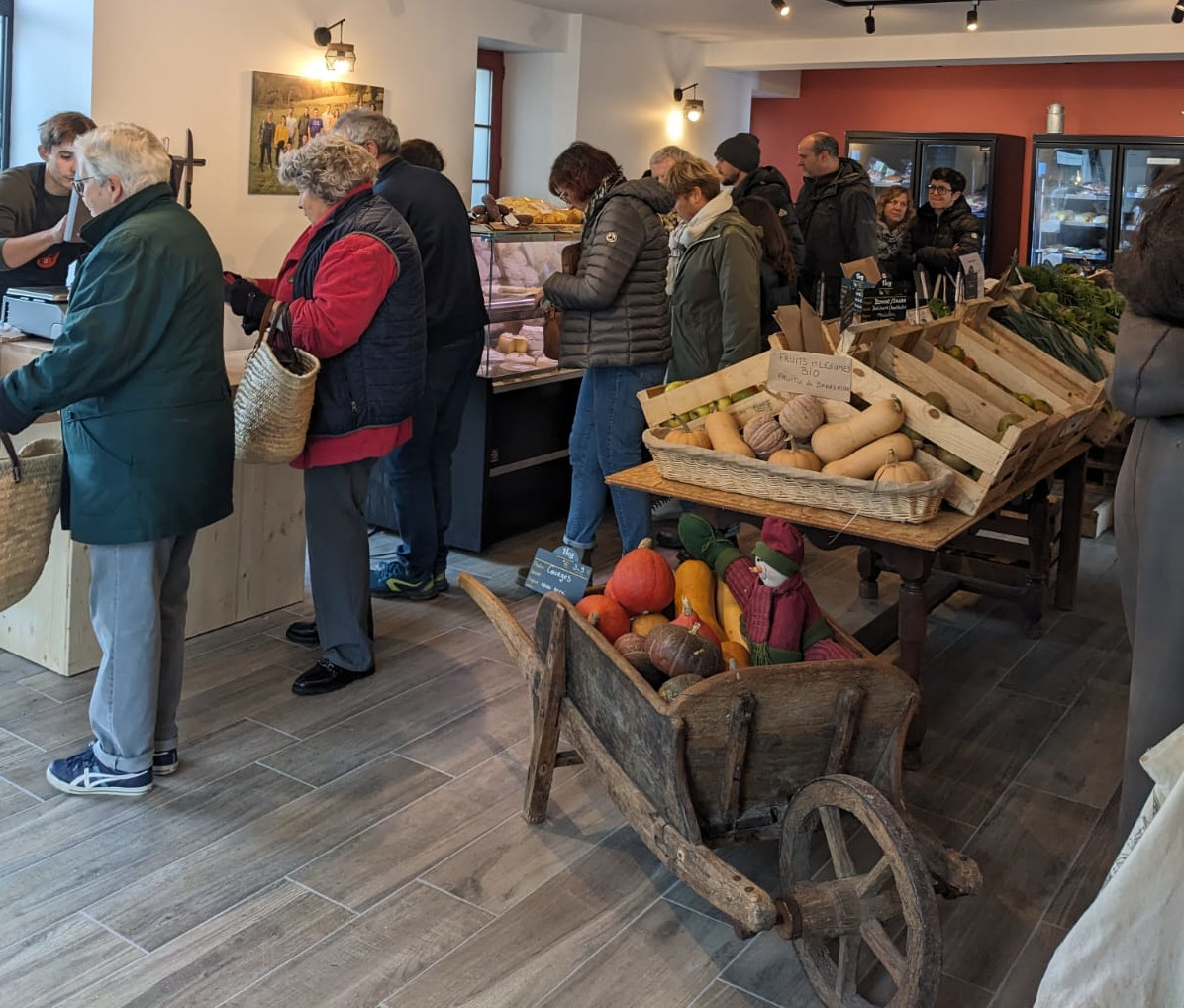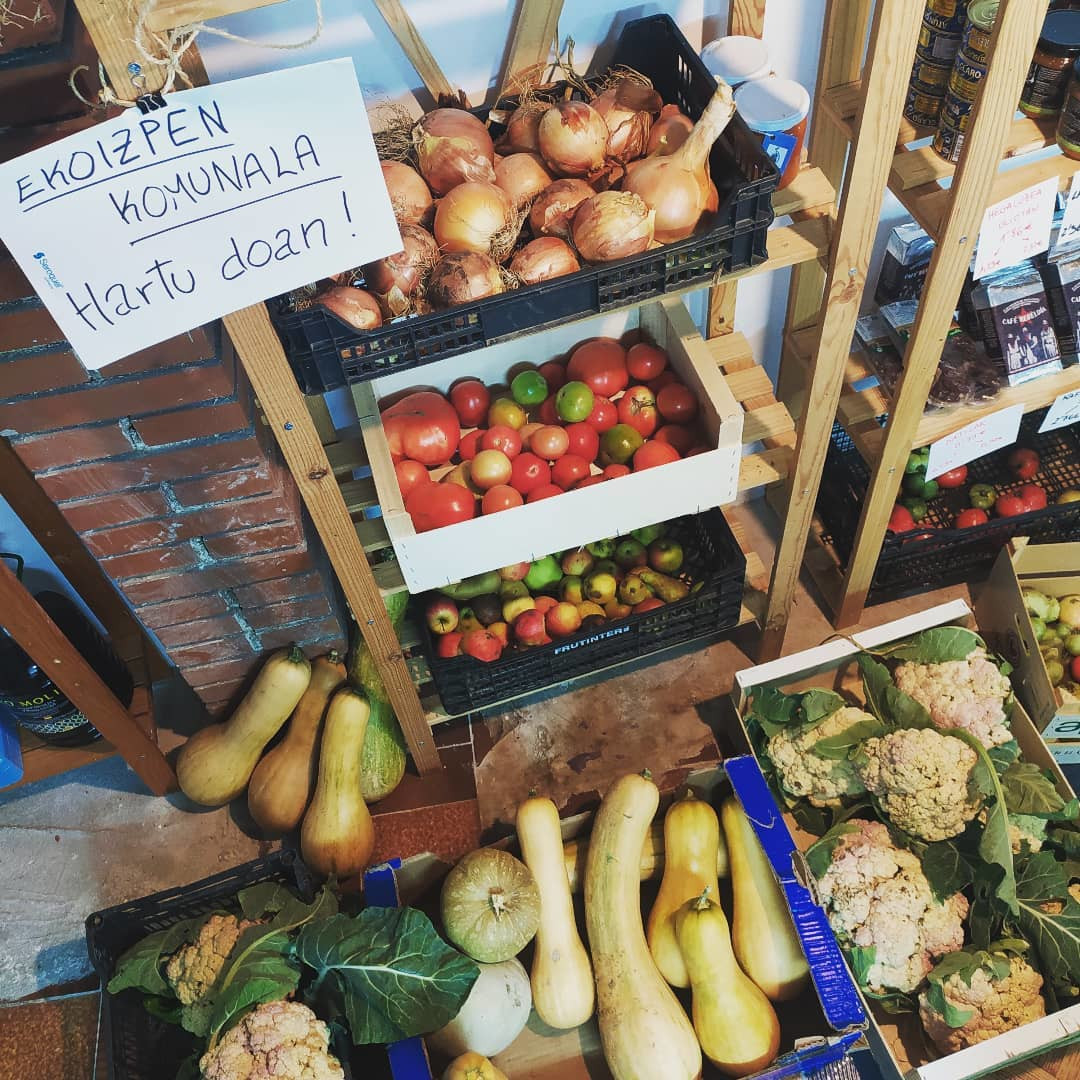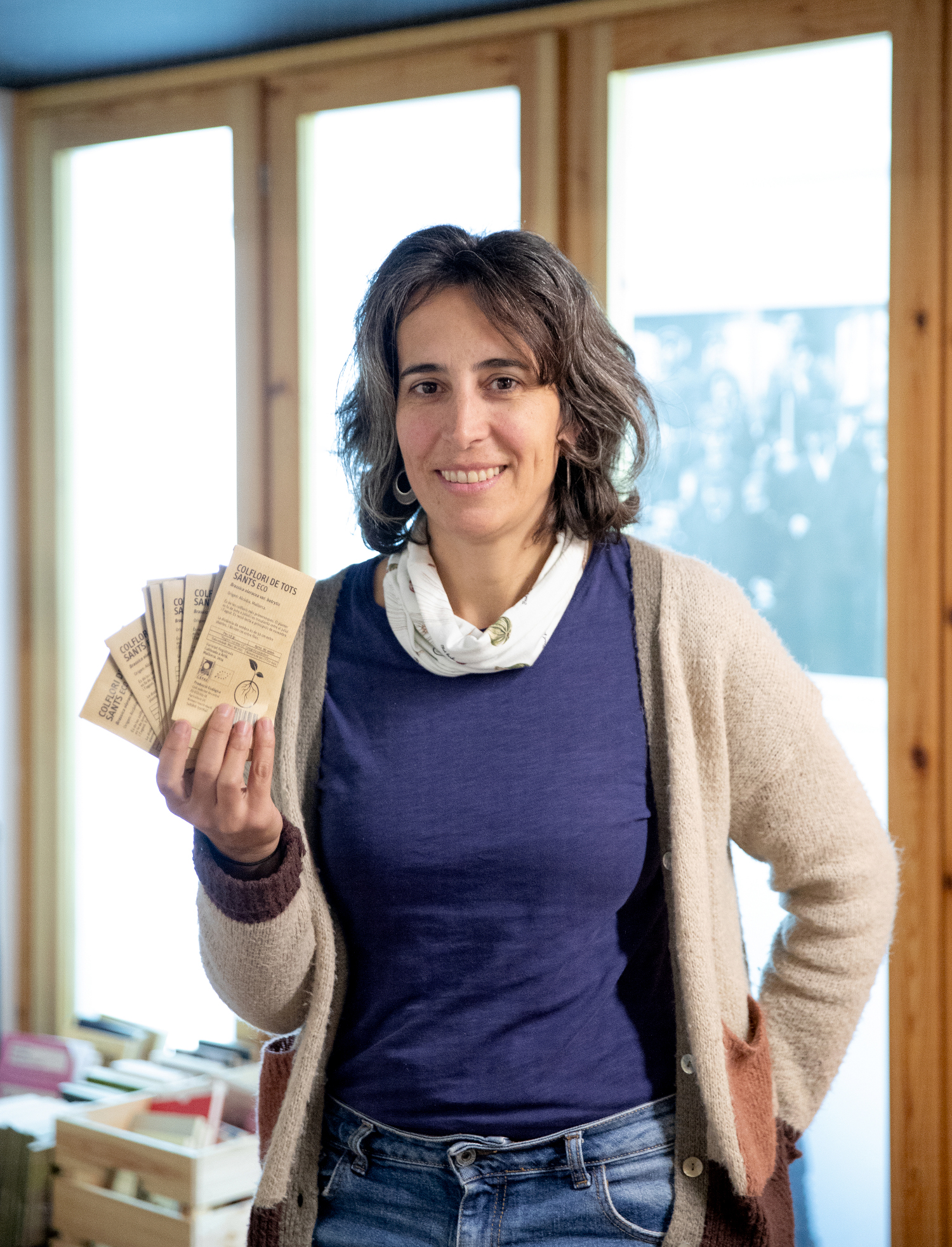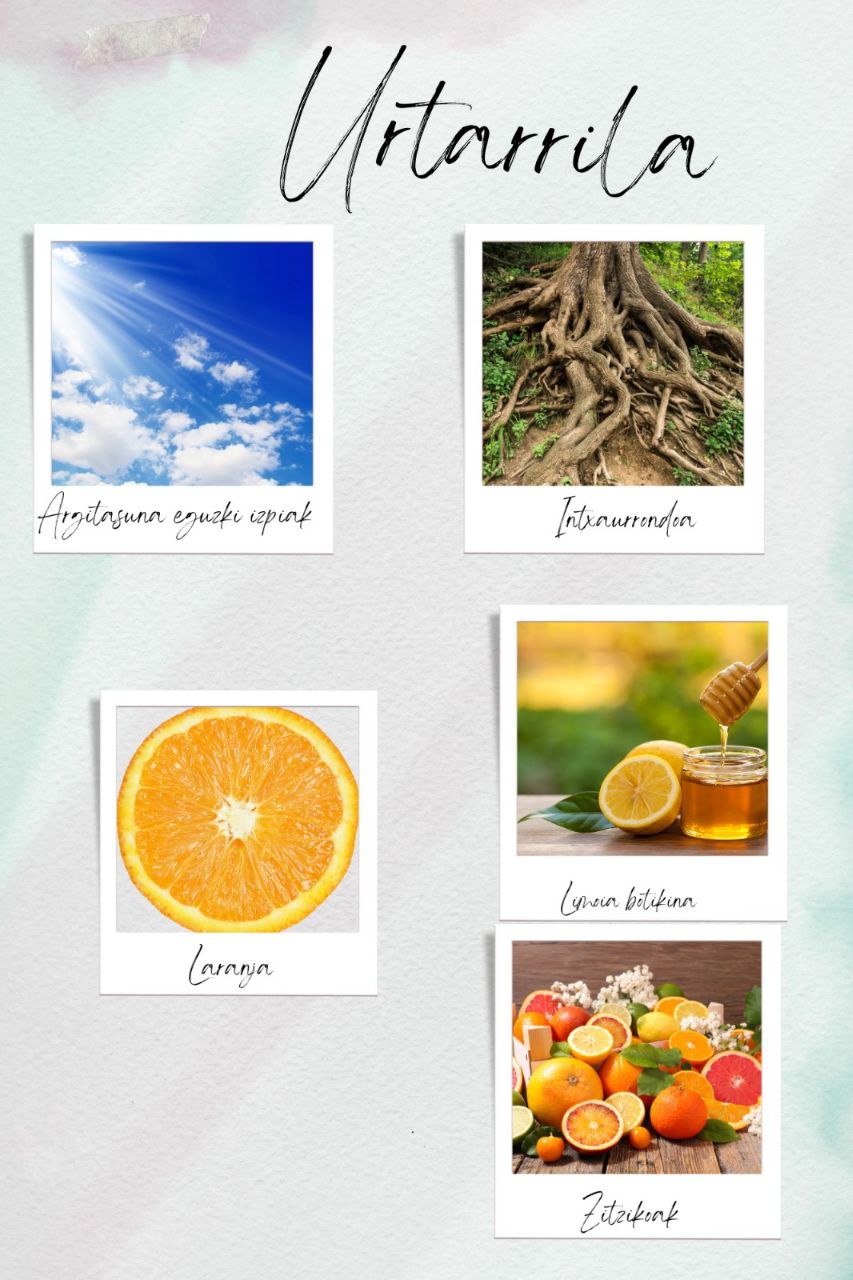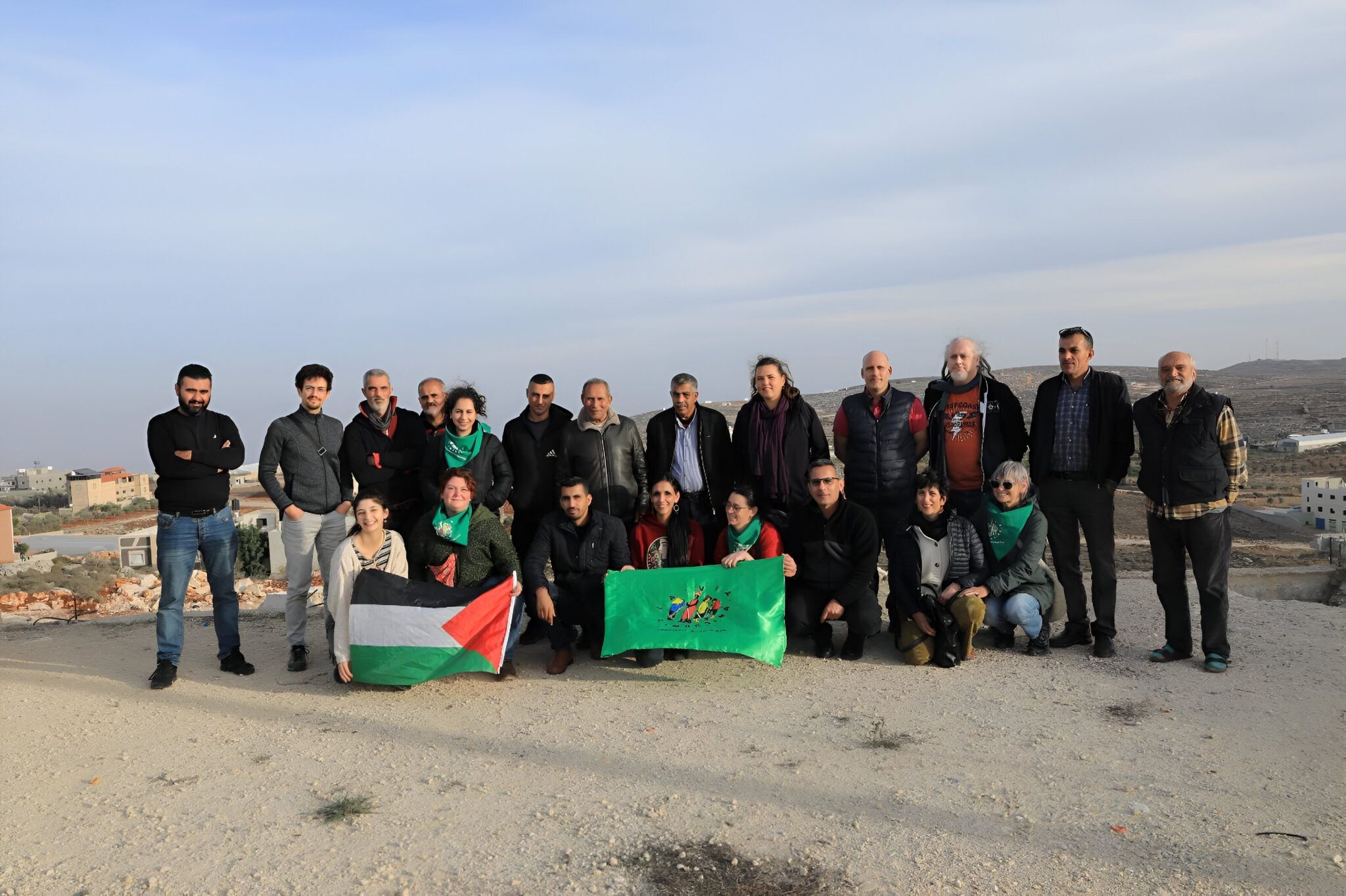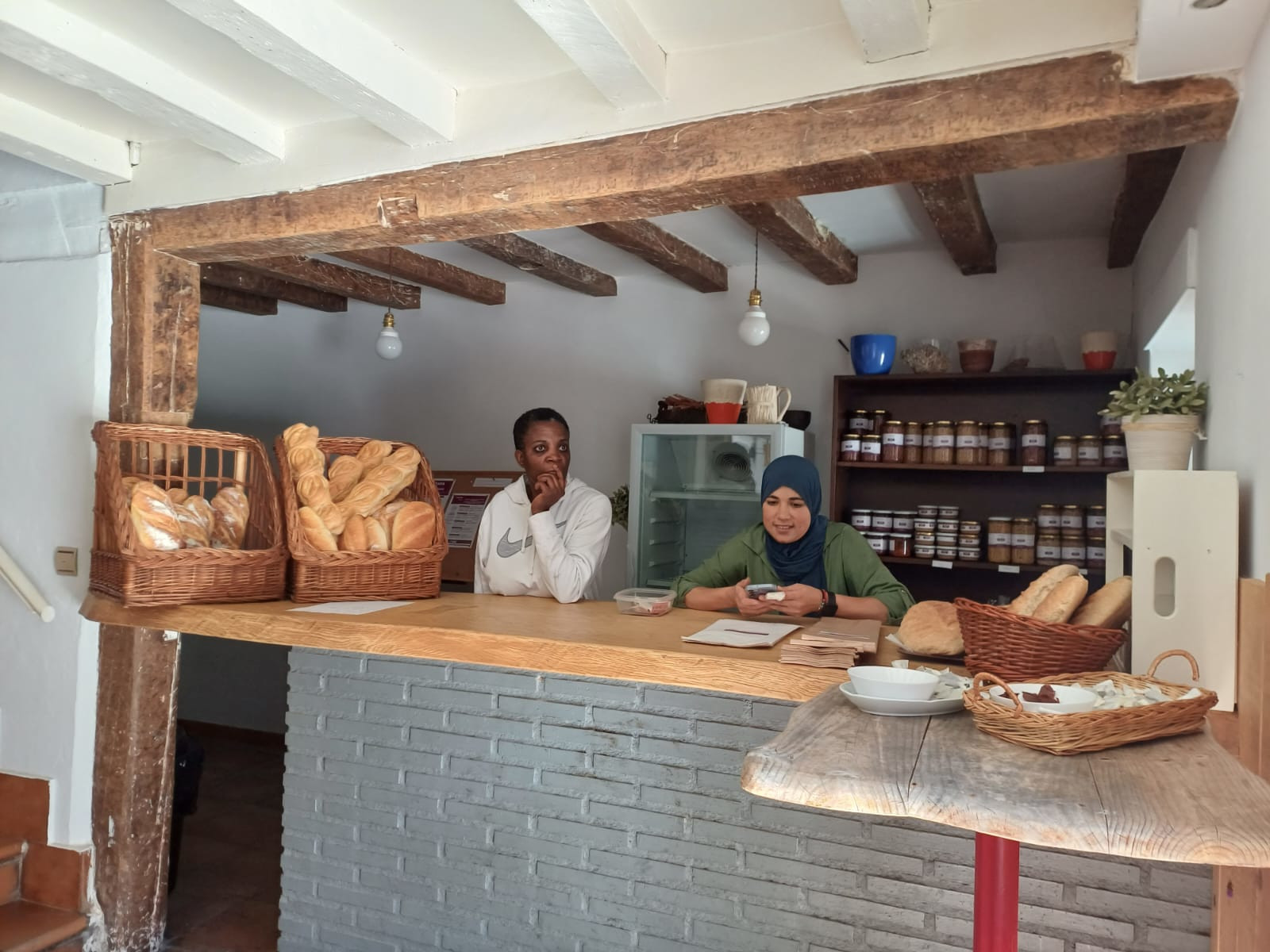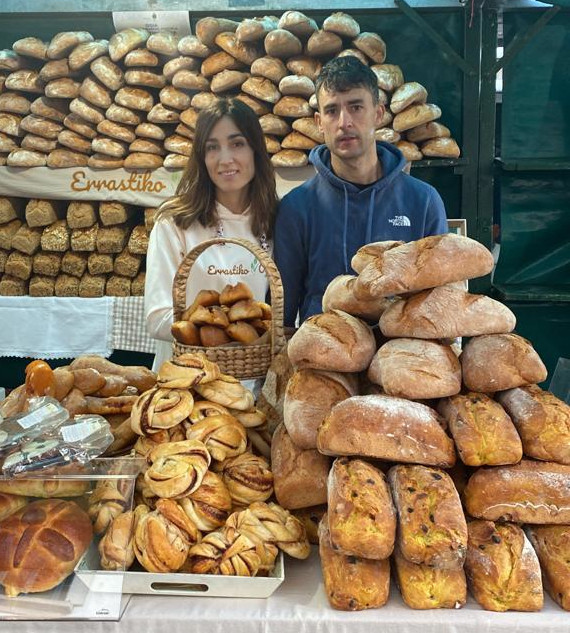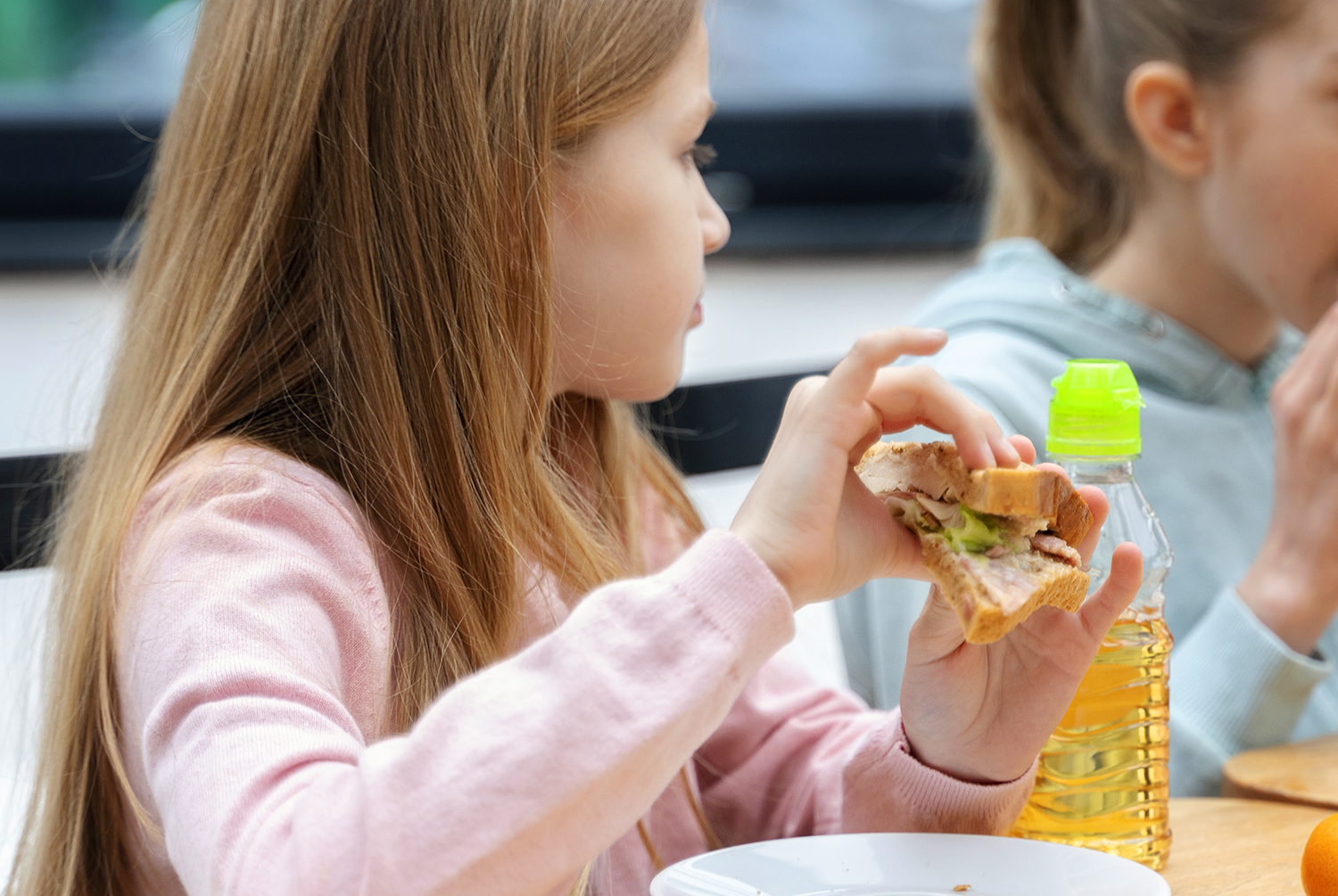Why not cultivate fruit trees and vegetables directly for the population in urban parks?
- How do we feed cities? This is Eli Pagola's question to peasant Audrey Hoc in Egonarria. Hoc, together with his friend Aimar Rodríguez, produces fruit trees, has an edible forest of Etxalar and is implementing a food sovereignty strategy with the town hall of Biriatou. He has made several proposals to create food within the city: desasphalted and food planting in the cities, fruit planting in parks and public spaces of the city...

How do you feed a city? This is the question Egonarria asked this week. You can see it all in:
Audrey Hoc says: "First of all, they should stay in cities: how to make edible our public spaces, like some parks, returns, fences, etc., property of the people. Why not produce fruit trees and vegetables directly to the population? ". He comments that these trends are beginning, especially in the movement “cities in transition”: “There is a reflection on this”.
Why not desasphalt the city areas? Classes start
The first problem with which food is intended to be created within the city is that almost all areas are asphalted. "Why not desasphalt the areas?" & '97; question Hoc &' 97; and rediscover and plant the land! ". He explains that in the Northern Basque Country, play areas in schools have begun to desasphalt: "In the next five years there's a campaign and programming to desasphalt, plant trees and why not, make it edible. I have some colleagues who are working on it and already have twenty schools that are only in Iparralde."
Presenter Eli Pagola asks whether vegetables and fruit can be grown in city parks as well as ornamental flowers. The Hoc response was immediate: "Sure! And that's what we have to go to! All these beautifying trees could be replaced by trees that bear fruit such as nogales, hazelnuts, chestnuts, pears, apples, jincos... and think about how many foods would be produced in cities and then share them among the population, or organize them in an auzolan, develop solidarity among people... The tree is an excuse to invent a thousand things."

Planting of edible fences in Biriatun
The house of the people of Biriatou has established in its political programme that will work food sovereignty for its inhabitants. Audrey Hoc and Aimar Rodriguez work in this work and the first step has been to give a workshop of fruit tree vaccines to the citizens: "They came home with their trees grafted to plant." For the first time the tree festival has been held, a meeting point for small nurseries.
To work on the food sovereignty of Biriatou, a diagnosis of the public spaces has been made and the project has been agreed with the house of the people: at the entrance of the people there are now fences or hedges of elaeagnus plants (eleagnusa is a shrub used in the traditional verge) along 400 meters. The project consists in the transformation of these, so that 400 meters of fencing are edible. How do you do it? Hoc explains that they want to form a sequence of five different types of barriers: “tropical barrier”, “classical barrier”, “atypical barrier”, “citrus barrier” and “small fruit barrier”. In the classical barrier are planted apples, pears, hazelnuts and edible flowers below, etc... In the tropical barrier, Himalayan bananas will be planted, which resist cold and provide edible bananas. They will also include asmin (European mango), passional fruit, avocado... Those who are unknown to many will enter the atypical barrier: the Japanese ray, cacao... They will plant oranges, mandarins, lemons on the citrus barrier... And put on the barrier of small fruits cranberries, berries and the like.
There will be consensus among the citizens about the collection of fruits for distribution among the citizens or their referral to the dining room. Audrey Hoc offers examples of how cities can feed themselves outside the traditional market logic.








